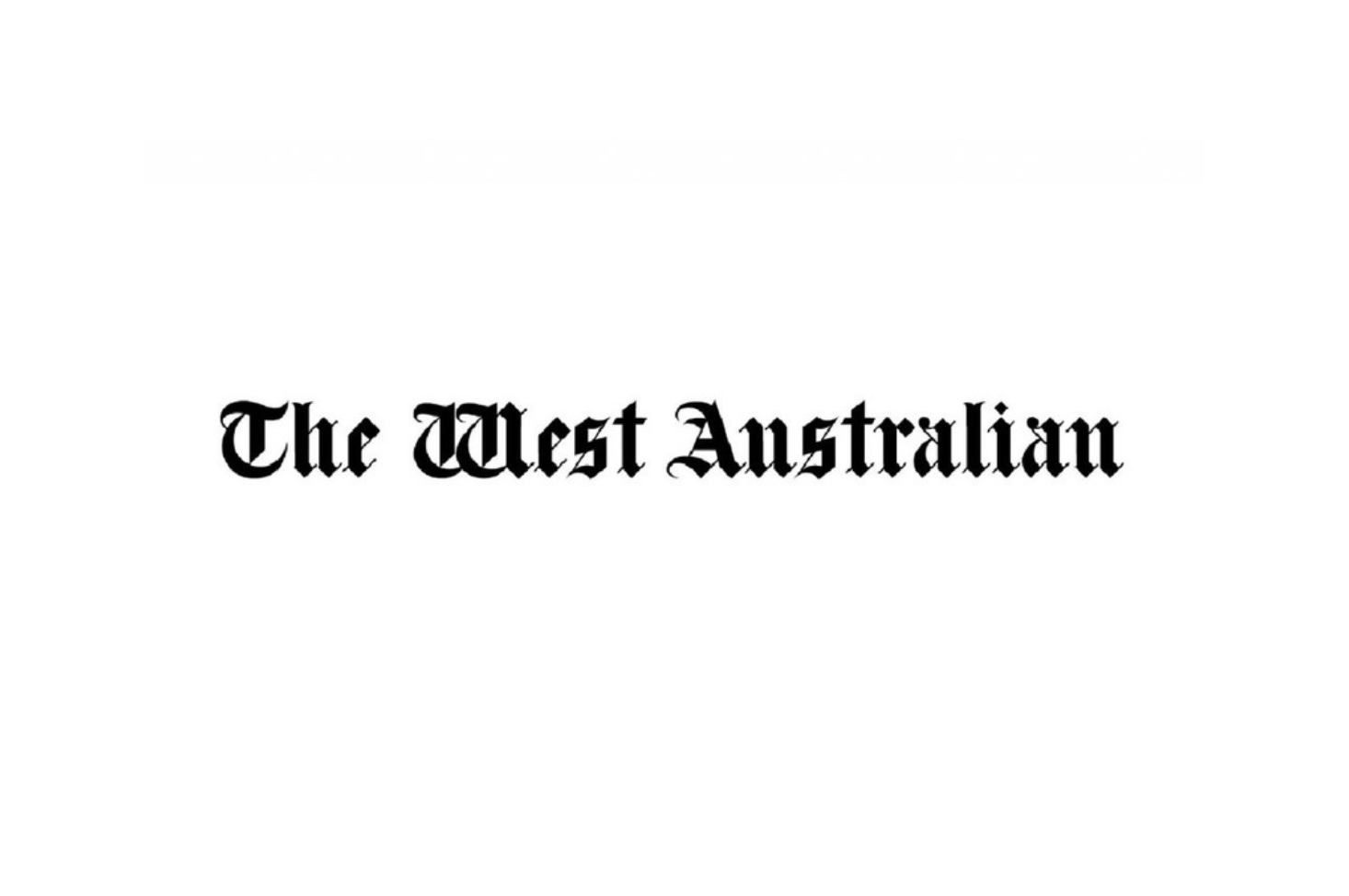
Article by Stuart McKinnon courtesy of the West Australian.
BHP will shower its shareholders with a record $US2-a-share ($2.74) final dividend after posting its biggest annual profit in 10 years.
The company yesterday posted a massive 88 per cent jump in underlying profit to $US17.1 billion underpinned by its powerhouse Pilbara iron ore division which was responsible for more than 70 per cent of its earnings off the back of surging prices for the steel-making commodity.
The strong results came on a momentous day for BHP in which it also announced the divestment of its petroleum division to Woodside, and revealed it would scrap its problematic dual listing structure and invest $US5.7b to develop its Jansen potash project in Canada.
The $US2 final dividend brings shareholder returns for the year to $US15b, representing an 89 per cent payout ratio on underlying profit.
The strong performance was highlighted by its underlying EBITDA of $US37.4b at a record margin of 64 per cent.
The company’s decision to collapse its dual-listed structure, which has BHP’s shares jointly listed on the ASX and in London, follows resistance to the move under its previous chief executive Andrew Mackenzie, who had argued the costs would outweigh the benefits. However BHP yesterday estimated the one-off costs of unification had fallen from $US1.2b to $US400-$US500 million and argued the move would reduce duplication and streamline its governance and internal processes. Chairman Ken MacKenzie said the unification would make BHP simpler, more efficient and provide greater flexibility for it to shape its portfolio in future.
Chief executive Mike Henry, pictured, noted less than 5 per cent of BHP’s profit was generated from its London-listed business, which was a legacy from the company’s 2001 merger with Billiton.
If approved, unification is expected in the first half of next year, with the proposed petroleum divestment to follow.
BHP’s approval of the Jansen potash project along with its divestment of the petroleum business align with its strategy of pursuing more opportunities in so-called future-facing commodities such as nickel and copper.
Mr Henry noted the sanctioning of Jansen gave BHP access to the healthy returns of the project on a standalone basis as well as a new front for growth in a future-facing commodity in the world’s best potash basin and an attractive investment jurisdiction in Canada. While BHP has previously flagged an exit from thermal coal, Mr Henry defended its retained interests in metallurgical coal because he said the world would need coking coal for the steel required for decarbonisation infrastructure and steel mills would need the company’s high-quality product to reduce emissions.